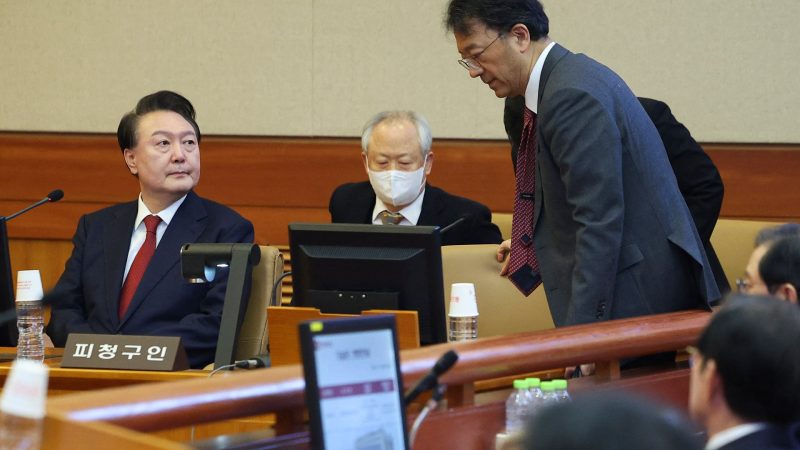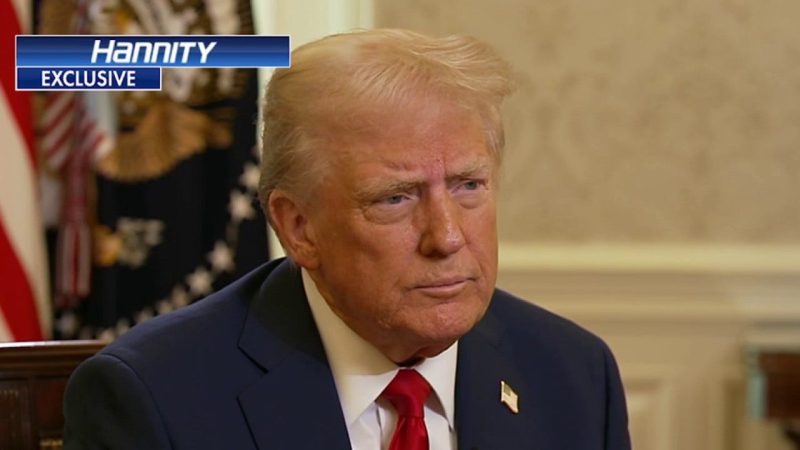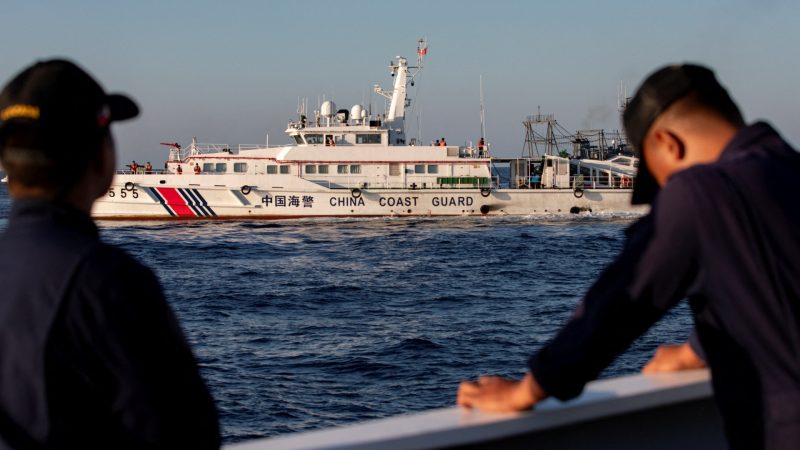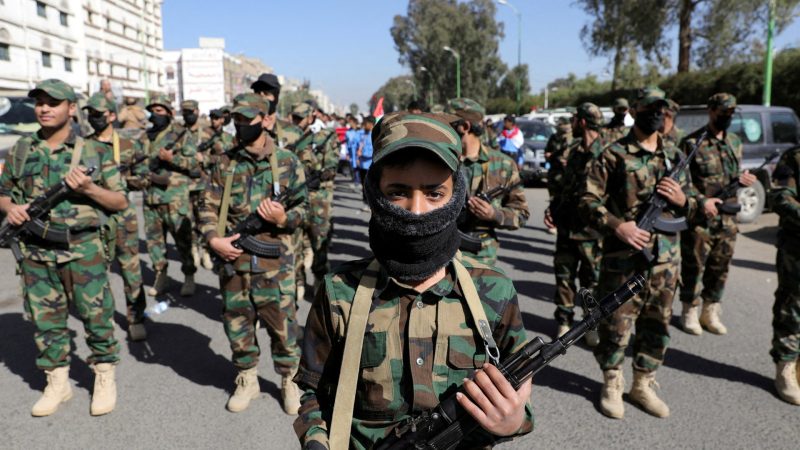Iran key services shut as rial plunges amid energy crisis, regional tension | Business and Economy News
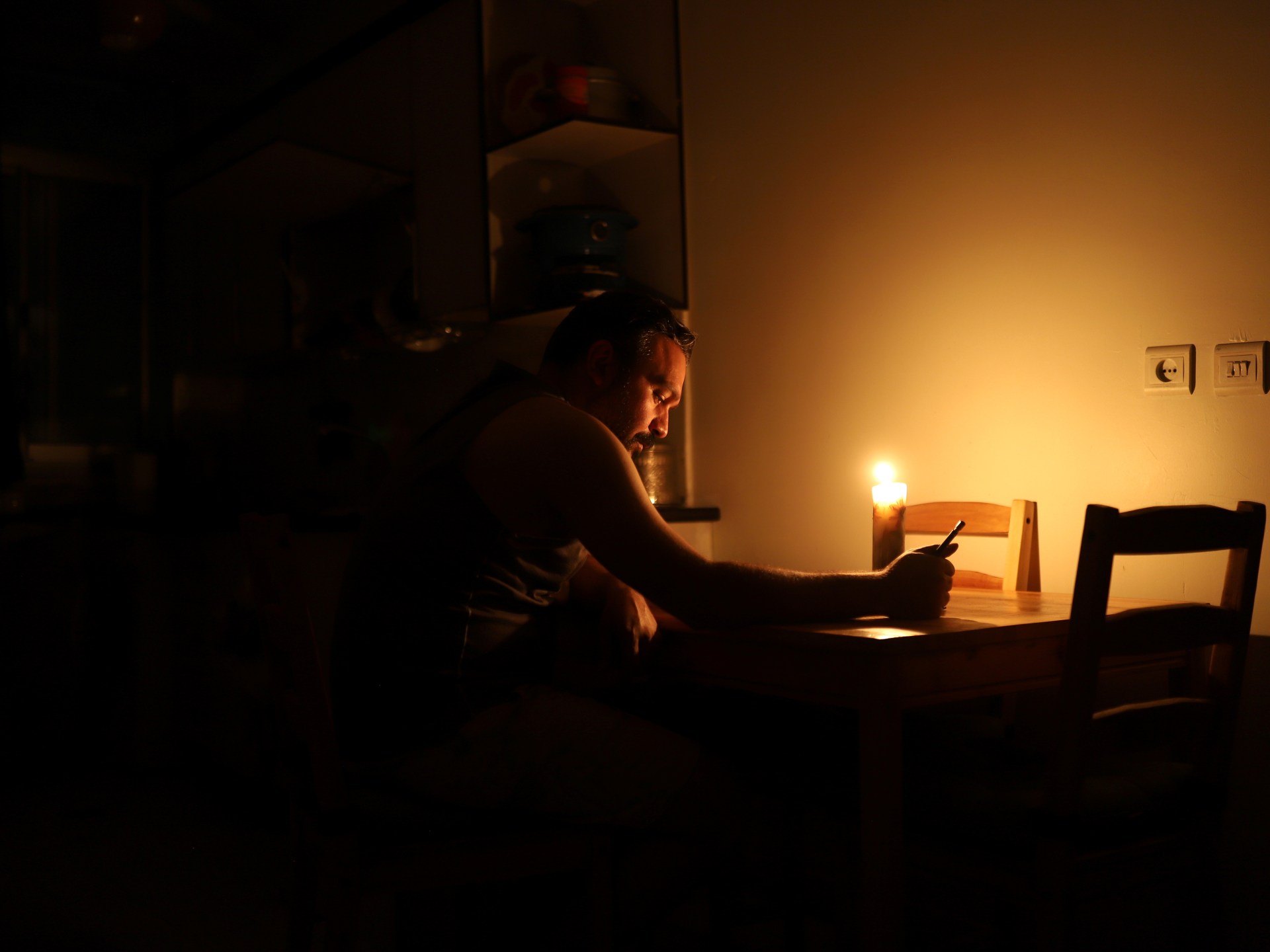
Tehran, Iran – Tens of millions of people across Iran are facing major disruptions as authorities shut down services in the face of an exacerbating energy and currency crisis amid historic regional tensions.
This week, government offices, schools, banks and businesses in major provinces and in the capital Tehran have been largely closed due to worsening fuel and power shortages as temperatures dropped to subzero levels.
Energy Minister Abbas Aliabadi said on Wednesday that 13 power plants are out of commission due to a lack of fuel.
“If the fuel is provided, there will be no problem in providing the electricity, as power plants have undergone necessary repairs and are ready for winter. The petroleum ministry is following up on providing fuel,” he told reporters after a cabinet meeting.
There have been renewed power outages to homes across the country, most of which have come unannounced and lasted for hours.
There have also been massive industrial power cuts, impacting not just large energy-intensive industries but also many small and medium-sized enterprises across the country.
This comes a month after President Masoud Pezeshkian announced blackouts – ones that were rolled out within days – claiming electricity will be cut because the government does not wish to burn cheap fuel that would pollute the air.
But Tehran and major cities have been constantly drowning in a sea of smog that has been visible even in satellite images, while the blackouts – which at times are also accompanied by communications outages as cell towers and internet substations go offline – have persisted.
Situation unlikely to change in winter
The crisis is expected to deal a blow to an already heavily strained economy that has been experiencing skyrocketing inflation and high unemployment for years due to local mismanagement across multiple governments and harsh sanctions imposed by the United States.
Despite holding the second-largest proven natural gas reserves in the world and ranking fourth in terms of proven crude oil reserves, Iran has been facing gas shortages during winter for years.
The power outages were largely within the summertime before now, but have recently hit with winter’s first cold, with even state television experts issuing stern warnings that next year could potentially be far worse.
Authorities have largely been putting the onus on the public, arguing that Iranians consume significantly higher levels of energy, especially natural gas, than people in other countries.
The gas shortage, in turn, either puts power plants out of commission or forces them to burn cheap, dirty and low-yield fuels like mazut, a low-quality, heavy oil that has been a major driver of rampant air pollution in Iran in recent years.
Earlier this month, Deputy Health Minister Alireza Raisi said 15 percent of all deaths in Tehran are caused by air pollution, with thousands of victims each year.
Health Minister Mohammad Reza Zafarghandi said last week that Iran suffers at least $12bn in costs and damages due to air pollution annually, and some calculations put the figure close to $20bn.
The president apologised to the public on Monday for the fuel shortages, signalling the situation is unlikely to change during the winter.
“God willing, we will try next year so these things won’t happen,” Pezeshkian said.
Rial takes a beating
For now, his government has launched a nationwide initiative that calls on the people to decrease the average temperature of their homes by 2 degrees Celsius (3.6 degrees Fahrenheit) in order to help manage the energy crisis.
Government ministers are filming themselves pledging to remain committed to the initiative, while lights are reportedly shut off in the courtyard of the president’s office.
Lights have also been turned off in major highways and expressways in Tehran and other places, plunging them into total darkness at night in a move that the police force has said could cause fatalities and undermine public order.
The energy crisis bears down on the country as Iran’s national currency, the rial, continues to hit new all-time lows on a near-daily basis.
The battered rial broke above 770,000 per US dollar on Wednesday on the unofficial currency market, continuing a trend that has picked up pace since the start of Israel’s war on Gaza last year, and specifically in the aftermath of the fall of longtime President Bashar al-Assad in Syria last week.
Tehran lost an ally of four decades and a major staging ground for its “axis of resistance” with the collapse of the al-Assad dynasty, stoking concerns that the conflict could edge closer to Iranian territory.
Israel, which launched the first known direct air strikes on Iranian soil since the 1980s in late October, has threatened further attacks on Iran’s nuclear and energy infrastructure.
Tensions are only expected to grow with the incoming administration of US President-elect Donald Trump, who in 2018, in his first term in office, began the so-called “maximum pressure” campaign against Iran after unilaterally abandoning its 2015 nuclear deal with world powers.
